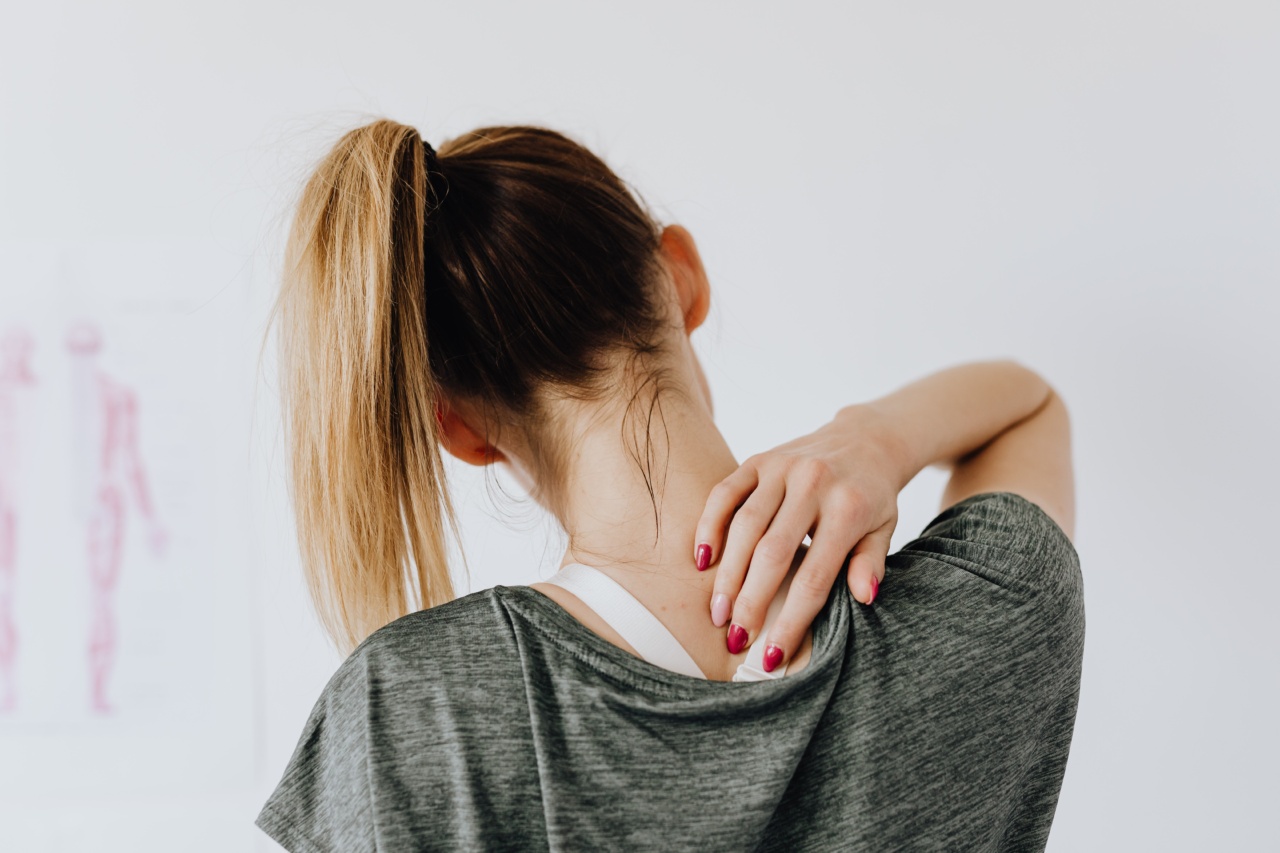Back pain is one of the most common health problems people face today. According to research, more than 80% of adults will experience back pain at some point in their life. Back pain can range from mild to severe, and it can affect people of all ages.
Most people think that back pain is caused by a specific injury or accident. However, the reality is that there are several hidden culprits of back pain that people are not aware of. In this article, we discuss the hidden culprits of back pain and how to prevent it from occurring.
Sedentary Lifestyle
Sitting for long periods of time can be really harmful to your back. When you sit for too long, you put pressure on your spinal discs, which can cause them to bulge or rupture. This can lead to back pain.
A sedentary lifestyle can also lead to weak muscles, particularly the core muscles, which can make it difficult to support your spine. To prevent back pain from a sedentary lifestyle, make sure to stand up and move around every 30 minutes. Also, incorporate regular exercise, especially activities that strengthen your core muscles.
Improper Lifting Techniques
When you lift heavy objects, you are putting a lot of pressure on your back muscles, especially if you do not lift correctly. Lifting with your back instead of your legs can put unnecessary strain and pressure on your back muscles.
To prevent back pain from improper lifting, make sure to always lift with your legs bent and your back straight. Hold the object close to your body and avoid twisting your body while lifting.
Poor Posture
Poor posture is one of the biggest culprits of back pain. When you sit or stand with poor posture, you put pressure on your back muscles, which can lead to back pain.
Poor posture can also cause muscle imbalances, which can affect your ability to support your spine. To prevent back pain from poor posture, make sure to sit and stand with your shoulders back, your chest out, and your back straight. Also, make sure to work on exercises that improve your posture, such as yoga and Pilates.
Improper Sleeping Position
Your sleeping position can also contribute to back pain. Sleeping on your stomach can put pressure on your spine and neck, leading to pain and discomfort.
Sleeping on your side with a pillow between your legs can help alleviate pressure on your back muscles. Sleeping on your back with a pillow under your knees can also help support your spine. To prevent back pain from sleeping improperly, make sure to find a comfortable sleeping position that works for you.
Stress
Stress can also contribute to back pain. When you are stressed, you may carry tension in your back and neck muscles, leading to pain and discomfort. Stress can also affect your sleep and your posture.
To prevent back pain from stress, try to find ways to reduce your stress levels, such as practicing meditation or deep breathing exercises. Also, make sure to get enough sleep and exercise regularly to help alleviate stress.
Obesity
Being overweight or obese can also contribute to back pain. Extra weight can put pressure on your spinal discs, which can cause them to bulge or rupture. Obesity can also lead to weak core muscles, which can make it difficult to support your spine.
To prevent back pain from obesity, try to maintain a healthy weight through regular exercise and a healthy diet.
Poor Footwear
Footwear can also contribute to back pain. Wearing shoes with no support or high heels can affect your posture, which can lead to back pain. Make sure to wear shoes that provide enough support.
You should also avoid shoes with high heels that put pressure on your spine.
Smoking
Smoking can also contribute to back pain. Smoking reduces blood flow to the spinal discs, which can lead to degeneration and slow down the healing process. Smoking can also affect bone health, leading to a higher risk of fractures and osteoporosis.
To prevent back pain from smoking, try to quit smoking or reduce your smoking.
Carrying Heavy Objects
Carrying heavy objects can also contribute to back pain. When you carry a heavy object, you are putting pressure on your back muscles, which can lead to pain and discomfort.
To prevent back pain from carrying heavy objects, make sure to distribute the weight evenly and use both arms to carry the object. Also, avoid carrying heavy objects for extended periods of time.
Lack of hydration
Dehydration can lead to muscle cramps and spasms, which can contribute to back pain. Make sure to drink plenty of water to keep your muscles hydrated. You should also avoid drinks that dehydrate you, such as caffeine and alcohol.
Conclusion
Back pain is a common health problem that can affect anyone.
It is caused by several hidden culprits, including a sedentary lifestyle, improper lifting techniques, poor posture, poor sleeping position, stress, obesity, poor footwear, smoking, carrying heavy objects, and lack of hydration. By taking steps to prevent these hidden culprits, you can reduce your risk of developing back pain. If you are experiencing back pain, make sure to consult with your doctor to determine the underlying cause and the best treatment approach.































